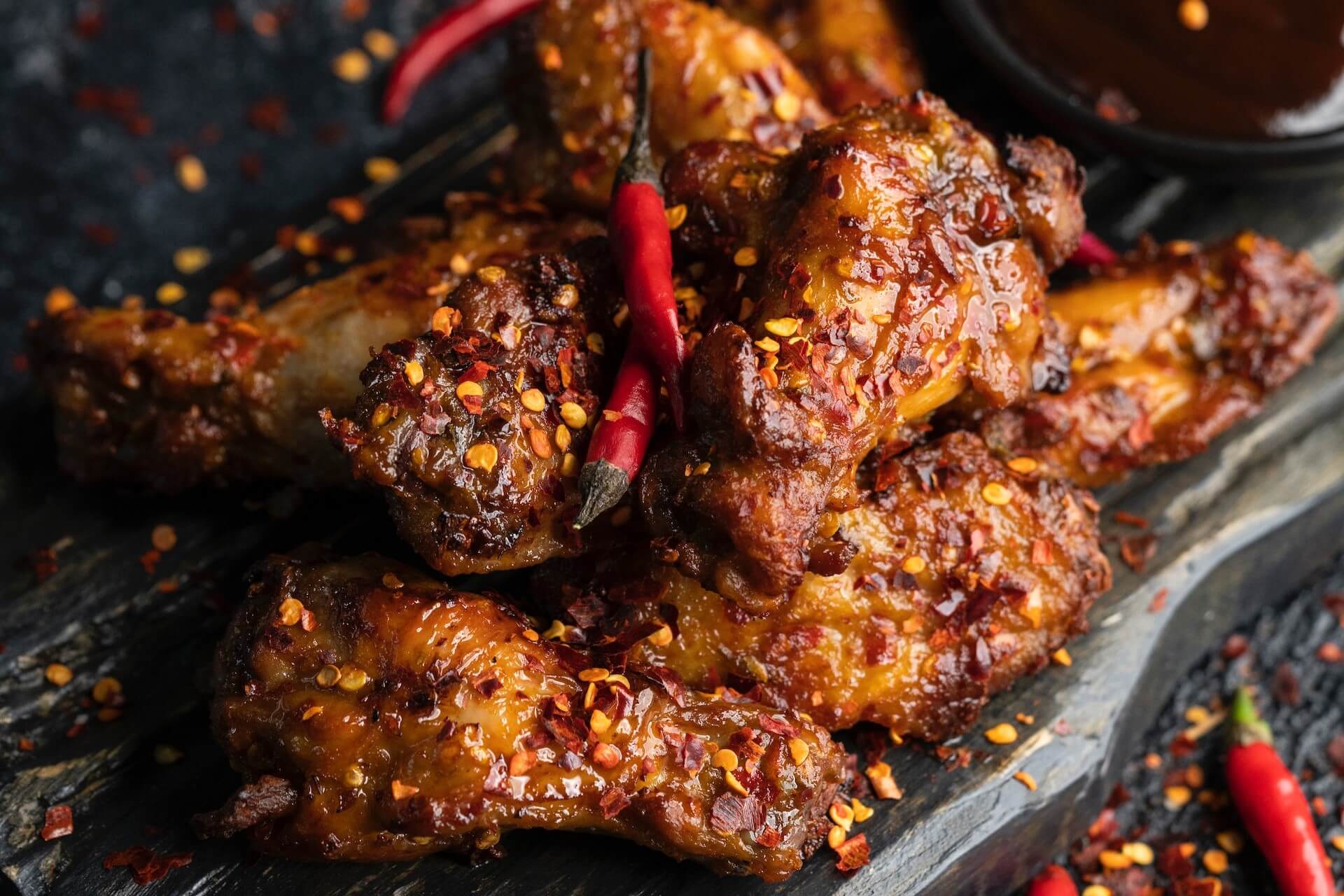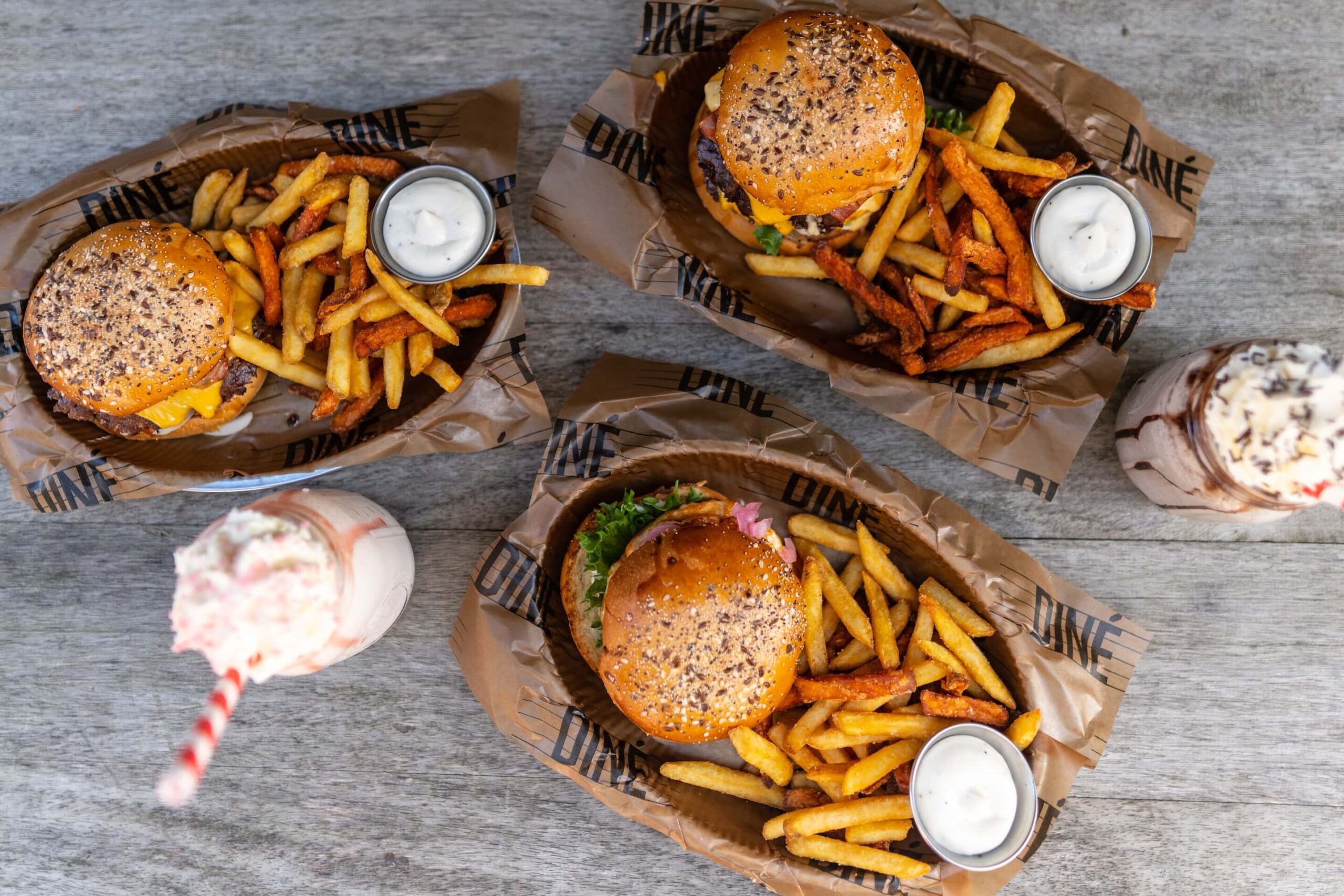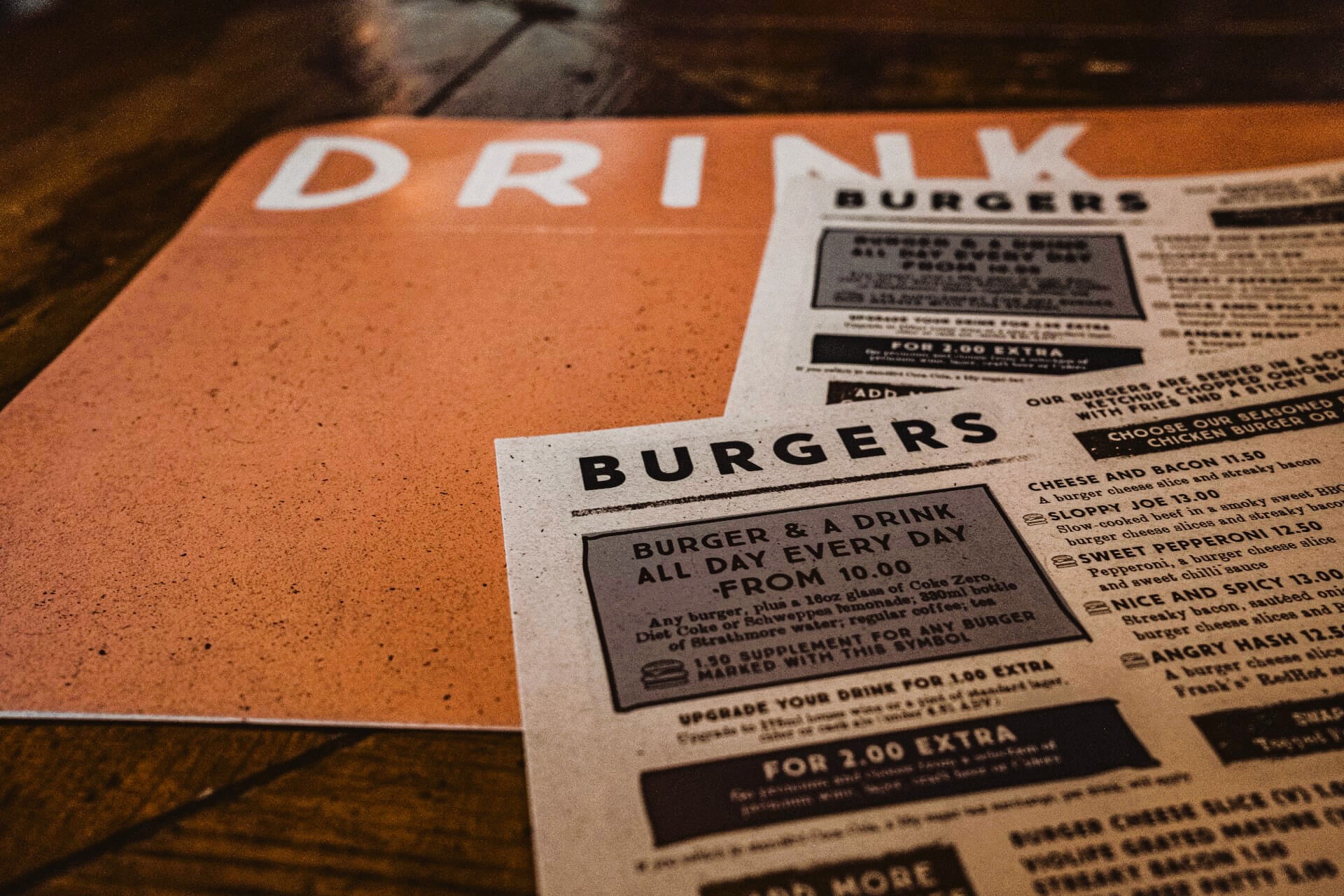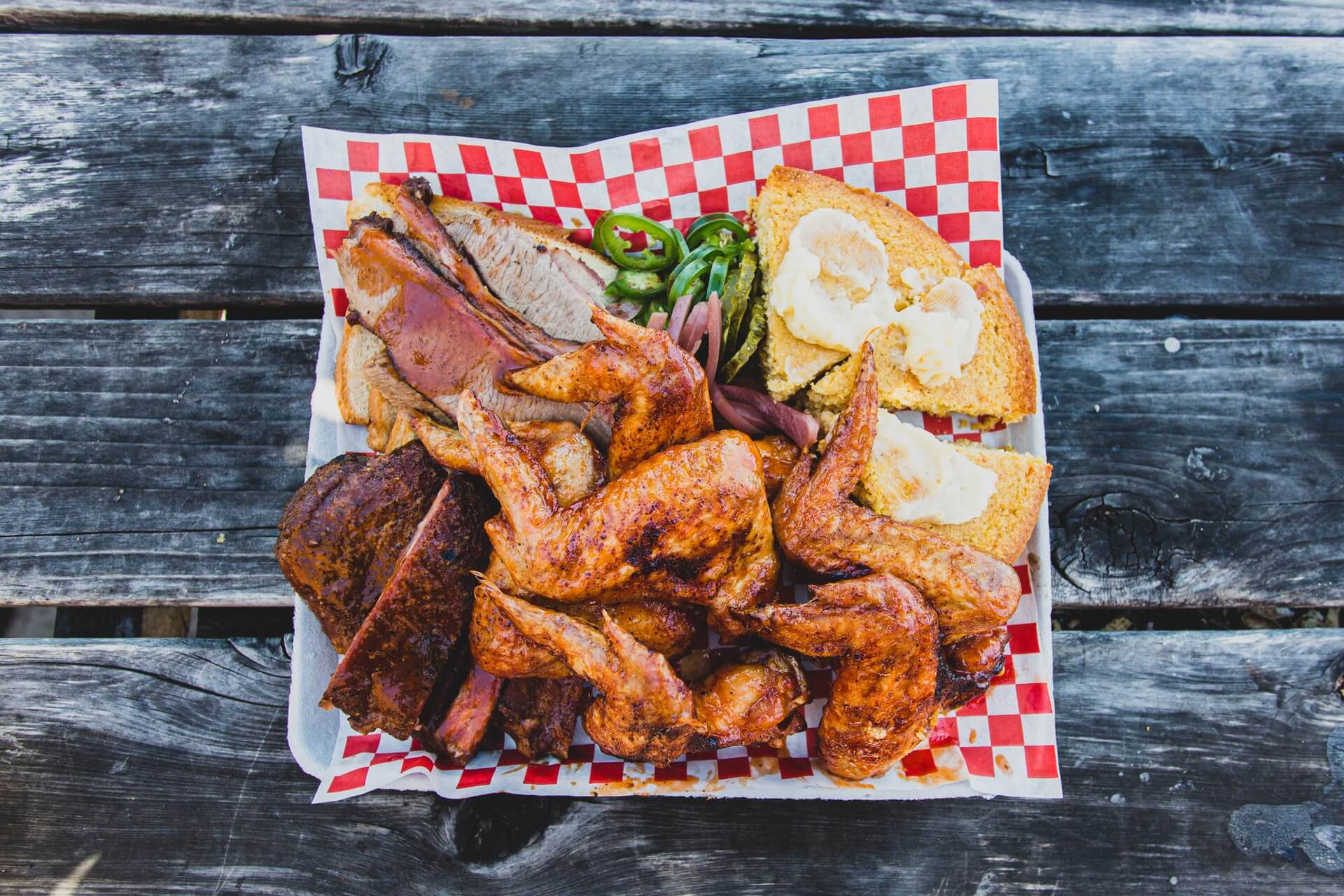2023 Uber Eats Cravings Report: “The Most…” Orders
by David Klemt
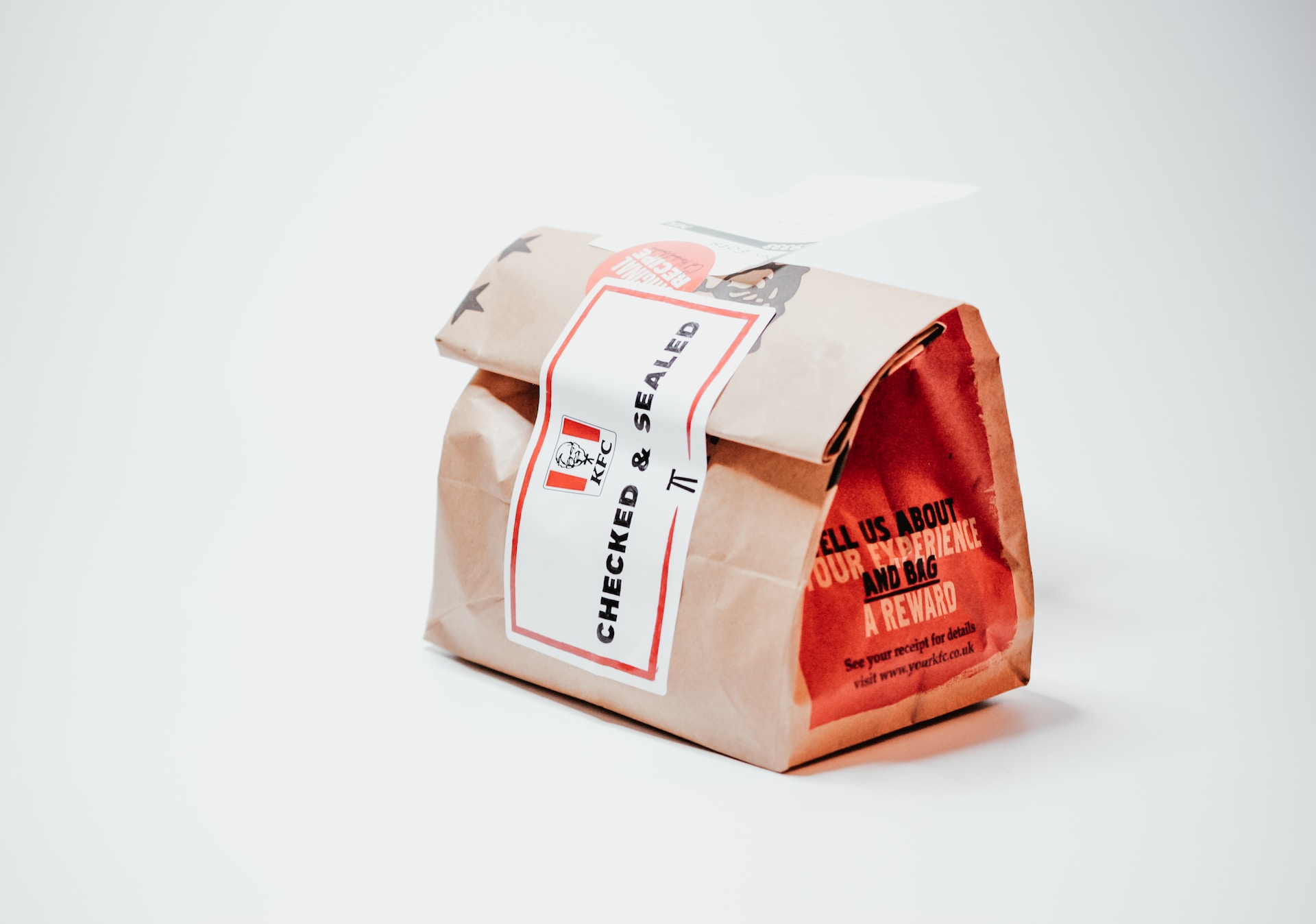
Let’s take a look at the top orders, delivery requests, order combinations, surprising pairings, and more from the 2023 Uber Eats Cravings Report.
It appears that the chicken sandwich dominance we’ve seen over the years is winding down. At least, that seems to be the case among Uber Eats users.
As you’ll see below, not only is the chicken sandwich not the most popular item, it’s not even among the top five. It does edge out the cheeseburger and wings among the most popular combos, but it doesn’t outperform French fries and salt as a combo.
Another eyebrow-raising detail? Pizza doesn’t show up anywhere among the most ordered items, most popular combos, or even the most surprising combos.
Now, if you’re curious about the 2022 Uber Eats Cravings Report, you’re in luck. You can click here for the top food orders from that report, and here for the top beverage orders.
The Most…Ordered Items
- French fries
- Garlic naan
- Pad Thai
- Miso soup
- California roll
Am I the only one who expected to see burgers, chicken sandwiches, and pizza on this list?
The Most…Popular Combos
- Burrito bowl + cheese
- French fries + salt
- Chicken sandwich + shredded lettuce
- Cheeseburger + mustard
- Wings + ranch
Fairly standard, really. Every one of these orders makes complete sense. Now, the category coming up next…it’s a different story.
However, before we move on, let’s compare these items to those found on the 2022 Uber Eats Cravings Report.
Interestingly, the number-one item is nearly identical: burrito + cheese. And French fries + salt is the second most-popular item on both lists.
The Most…Surprising Combos
- Steak + jelly
- Cottage cheese + mustard
- Condensed milk + avocado
- Seaweed + pasta sauce
- Butter + pickled onions
I really have nothing to say after reviewing this short list. I mean…hey, do your thing, everyone. Make your order yours.
To the operators out there, be ready for some odd order combos.
The Most…Popular Requests
- No onions
- Dressing on the side
- Ranch
- Extra soy sauce
- Spicy
- Sauce on the side
- No lettuce
- No jalapenos
- Extra gravy
- No slaw
Looking at the top request, Uber Eats has a theory as to what’s driving it: the return to the office.
People, it appears, are self-conscious about their breath in an in-person, face-to-face setting.
The Most…Popular Food and Alcohol Combos
- Ribeye + Vodka
- Cheeseburger + Frozen Margarita
- Chicken + Frozen Piña Colada
- Lobster tail + Apple whiskey
- Tamales + Daiquiris
Last year’s report reveals the following combos:
- Steak + Margaritas
- Pizza + White Claw
- Burritos + Margaritas
- Chicken + Sangria
- Wings + Beer
Overall, a lot of change from the 2022 Cravings Report to this year’s report.


